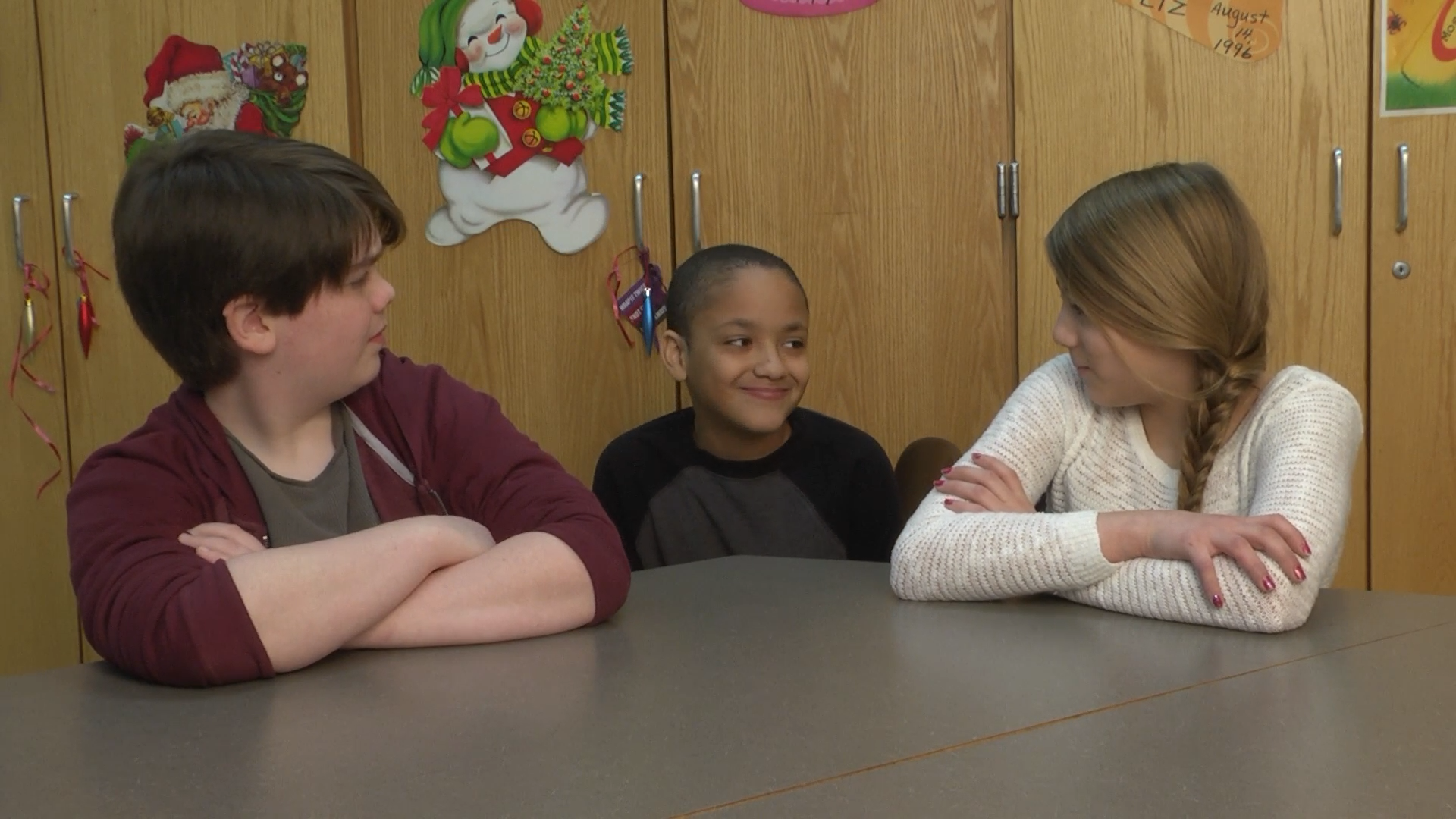
Introduction
Joining a group can be a challenging social skill for students to learn. Knowing how and when to join a conversation or group activity is vital for building positive relationships and fostering effective communication. This blog post will explore a no-prep activity that educators can use to help students develop this essential skill, along with discussion questions, related skills, and next steps to further support students in their social-emotional learning journey.
No-Prep Activity: The Group Joining Game
This activity requires no preparation or materials from the educator. The objective is to help students practice joining a group in a respectful and non-disruptive manner.
- Divide the class into small groups of 3-4 students.
- Ask each group to choose a topic to discuss (e.g., a recent movie, a favorite hobby, or an upcoming event).
- Have one student from each group move to another group to join their conversation.
- Encourage the joining student to listen, observe, and wait for a natural pause in the conversation before speaking or asking a question.
- After a few minutes, have the students rotate to another group and practice joining the new conversation.
- Repeat this process several times, allowing students to practice joining different groups and adjusting to various social situations.
After the activity, discuss with the class the strategies they used to join the groups effectively and how it felt to be both the joining student and the group members.
Discussion Questions
- What strategies did you use to join the group without disrupting the conversation?
- How did it feel when someone joined your group in a respectful manner? How did it feel when someone joined your group in a disruptive way?
- Why is it important to wait for a natural pause in the conversation before speaking or asking a question?
- How can you apply the skills you learned in this activity to real-life situations, such as joining a group of friends or participating in a group project?
- Can you think of a situation where it might be better to wait before joining a group?
Related Skills
Along with learning how to join a group effectively, students can benefit from developing other related social-emotional skills. These may include:
- Active listening: Understanding and empathizing with others by paying attention to their words, tone, and body language.
- Respecting personal space: Recognizing and maintaining appropriate physical boundaries with others.
- Reading social cues: Interpreting nonverbal signals and adjusting behavior accordingly.
- Conflict resolution: Addressing issues and disagreements in a constructive and respectful manner.
Next Steps
To further support your students in developing their social-emotional skills, consider signing up for free sample materials at Everyday Speech. These resources can help you provide engaging and effective lessons, activities, and discussions that promote positive social interactions and communication skills in your classroom.

